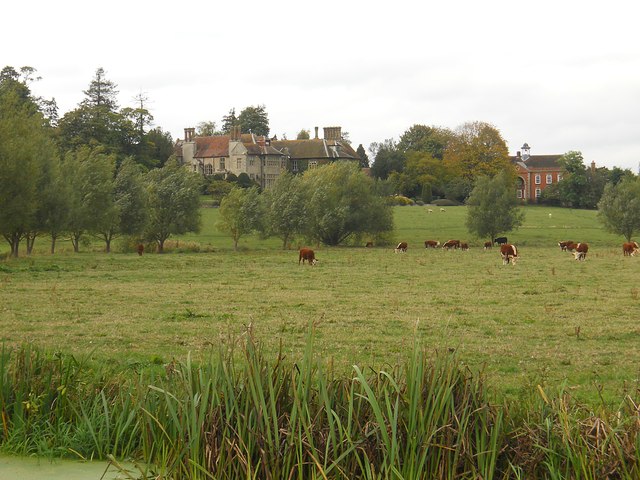Birdingbury Hall on:
[Wikipedia]
[Google]
[Amazon]
 Birdingbury Hall is a 17th-century country house situated at Birdingbury, near
Birdingbury Hall is a 17th-century country house situated at Birdingbury, near
''A History of the County of Warwick'' Vol 6 (1951) pp37-39 from British History OnlineEnglish Heritage: Heritage Gateway, architectural description of listed building
{{Authority control Grade II listed buildings in Warwickshire Country houses in Warwickshire
 Birdingbury Hall is a 17th-century country house situated at Birdingbury, near
Birdingbury Hall is a 17th-century country house situated at Birdingbury, near Rugby
Rugby may refer to:
Sport
* Rugby football in many forms:
** Rugby union: 15 players per side
*** American flag rugby
*** Beach rugby
*** Mini rugby
*** Rugby sevens, 7 players per side
*** Rugby tens, 10 players per side
*** Snow rugby
*** Tou ...
, Warwickshire
Warwickshire (; abbreviated Warks) is a Ceremonial counties of England, ceremonial county in the West Midlands (region), West Midlands of England. It is bordered by Staffordshire and Leicestershire to the north, Northamptonshire to the east, Ox ...
. It is a Grade II listed building
In the United Kingdom, a listed building is a structure of particular architectural or historic interest deserving of special protection. Such buildings are placed on one of the four statutory lists maintained by Historic England in England, H ...
and now serves as the head office of a commercial organisation.
Details
The manor of Birdingbury was held in ancient times by the Priory of Coventry. After the Dissolution of the Monasteries it was acquired by the Throckmorton family. In 1674 it was sold to Sir Charles Wheler Bt. and in 1687 to the Biddulph family. Parish records show the Hall to be owned byThomas Blyth
Canon Thomas Allen Blyth DD (7 January 1844 – 19 July 1913), author, historian, editor of the Worcester Diocesan Calendar (1889), Hon. Canon of Worcester Cathedral (1898), examining Chaplain and Commissary to the Archbishop of Ottawa, Comm ...
, lime
Lime most commonly refers to:
* Lime (fruit), a green citrus fruit
* Lime (material), inorganic materials containing calcium, usually calcium oxide or calcium hydroxide
* Lime (color), a color between yellow and green
Lime may also refer to:
Bo ...
and cement
A cement is a binder, a chemical substance used for construction that sets, hardens, and adheres to other materials to bind them together. Cement is seldom used on its own, but rather to bind sand and gravel ( aggregate) together. Cement mi ...
manufacturer, in 1891 through to his death in 1896. During this time, there were eight family members supported by resident teacher, cook, three house maids and two parlour maids. Prior to Birdingbury Hall, Blyth resided previously at Stockton House, Stockton, Warwickshire.
The house was built in about 1630 but was extensively remodelled and rebuilt following a fire in 1859. The Jacobean style
The Jacobean style is the second phase of Renaissance architecture in England, following the Elizabethan style. It is named after King James VI and I, with whose reign (1603–1625 in England) it is associated. At the start of James's reign, the ...
house has two storeys with attics. The east entrance front has an imposing Tuscan porch.
It now belongs to the Whiston family who have occupied it for over 10 years.
References
''A History of the County of Warwick'' Vol 6 (1951) pp37-39 from British History Online
{{Authority control Grade II listed buildings in Warwickshire Country houses in Warwickshire